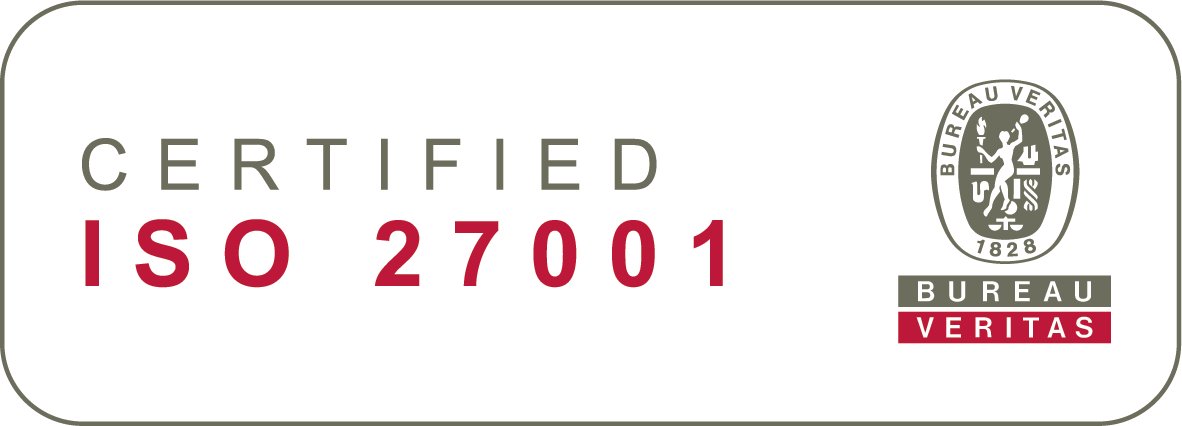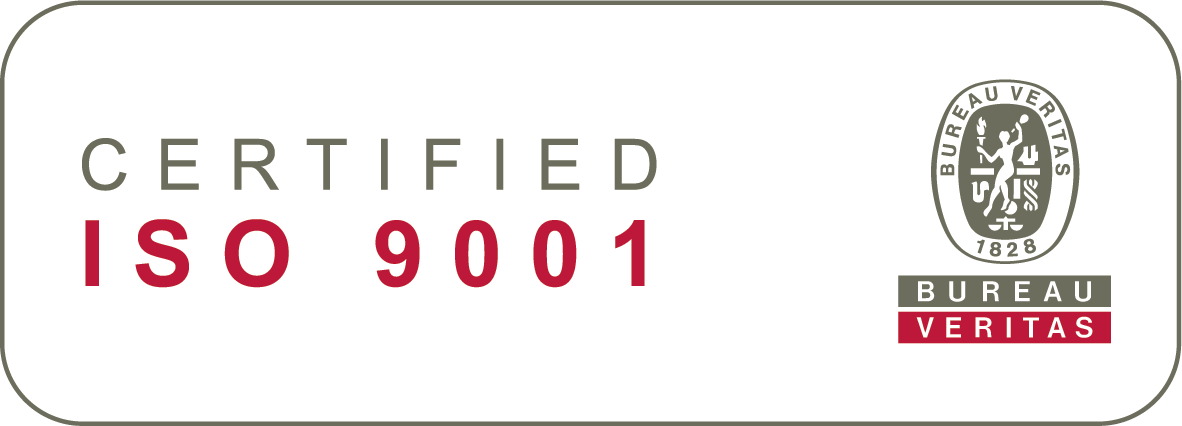Turbulence, pivots, scaling, inflection points, restructuring, profit focus, instability, flux – there are only so many ways to write about change without using the word. But, if chaos is a total breakdown of structure, then poorly managed change is the path we travel to get there.
Change is hard, because it can be scary to abandon the proven for the untested. Change is stressful, because old dogs can be reluctant to learn new tricks. But if we can master change – if we can incorporate it into the fibre of our business culture, then we can go from feeling like swimmers caught in a rip tide to becoming a fleet of big wave surfers.
The grandfather of award-winning keynote speaker, company culture advisor, HR specialist, and executive coach Solfrid Flateby had big wave surfing vibes. He used to say to her that “if you wake up in the morning, it is a good day.” Those are the words of a man that makes lemonade when handed lemons.
Carrying on the family tradition, Flateby has drawn on her considerable experience to make cultural lemonade at many of Norway’s flagship brands. And, handily, she has 5 tips she’d like to share with HR professionals looking to make change a part of business culture.
1 - Do continuous improvement work so you get used to change.
Did you know that the sigmoid curve (picture yourself drawing an S that dips below the page line on which it rests, banks steeply up like a roller coaster, then tapers off on a gradual downwards gradient) is the shape every product, tool, and business follows as it goes through change?
According to Flateby, “companies should do the change before the curve flattens out. This way, organisations can go through the bubble of frustration and enter a new growth spike before the curve flattens out.” And if you redefine change as a continual process instead of a one-off event, then people will get used to it much quicker and the bubble of frustration will shrink drastically.
2 – Build plans for both culture and structure across the company and in each department.
In 2017, 2 of Norway’s biggest companies announced they would merge in a deal that would generate more than €1 billion in annual revenue. 20 months later, after huge losses and damaging internal fights, one of the CEOs was asked what went wrong. “They had a super change plan, right down to the last detail. Unfortunately, the one thing they forgot to address in their plan was culture.”
Each business has its own cultural identity, as does each department. Shared ways of working, best practices, terminology, and values guide the actions of the people that work together. During disruptive events, it is essential to plan how the culture can be safeguarded, nurtured, or developed in line with the needs of the business and the people that work there.
3 - Initiate, celebrate, and talk about change and improvement more often.
In 2014, during her time as HR Director for The Reitan Group, Flateby encountered a proactive company director that made a memorable statement during a meeting about growth targets: “if we are going to have more market share, we need to ask our people where we can make the best changes. After all, they know their jobs best.”
Reitan built a group-wide competition that asked all employees to forward their ideas for change. The best change suggestions were celebrated and implemented, which they began to sell sushi in Reitan kiosks at the time. This initiative did several great things: it involved employees in creating the culture, it delivered real business results, and it raised motivation levels, because “we produce more dopamine when we talk about and celebrate success.”
4 - Train change management skills at all levels. Give specific tools.
It’s hard to be a manager, but even more so when change happens. Managers are the conduit between leadership and employees. They are often the gatekeepers of company culture. We need to give them a hand – “we need to increase management skills to implement and cope with change.”
A key area in which managers can be trained is involvement “When people are more involved, it leads to increased work motivation and satisfaction, higher quality decision making, higher acceptance of those decisions, and better competence.” Put time in your calendar to walk around, talk to your people, and listen. Take your people seriously, listen to their frustration, and hear their thoughts.
5 - We need the right mindset, attitude, and focus to make change happen
The Reitan Group regularly tops all the right workplace-related lists in Norway. One day, Flateby was with an excited new marketing recruit who spotted a full platter of fruit being delivered for the workers to enjoy. He shared his excitement with a more senior worker, who’s jaded reply was that “yes, there’s fruit, but pears are not included.”
As an example of not having the right attitude, mindset, or focus, that’s hard to beat. To avoid scenarios like this, KPIs are a great tool if done right. Don’t use them as Key Performance Indicators. “KPI means Keeping People Interested, Informed, Involved, Inspired.” And, above all, as a leader, you need to show the right attitude through your words, body, face, and actions when communicating with the people you want to inspire.
Connect with Solfrid Flateby on LinkedIn and visit her company website for more HR related insights!


